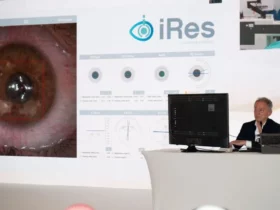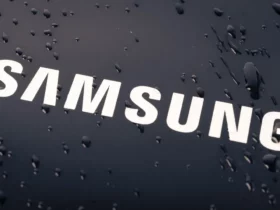Oppo announces the successful testing of a pre-commercial 5G Enterprise Network Slicing solutionwhich he created together with Ericsson e Qualcomm Technologies. An important step towards the concrete implementation of the technology. Intended for use by network operators around the world.
Oppo, Ericsson e Qualcomm per il 5G Enterprise Network Slicing
The tests were carried out at OPPO’s 5G Communications Lab. The goal of the experiments was to make the connection between the core network, the wireless network and the chip module.
Absolute protagonist lo smartphone Oppo Find X5 Pro, with Qualcomm Snapdragon 8 Gen 1 mobile platform and Snapdragon X65 Modem-RF system. The smartphone used Android 12 with ColorOS 12. And it had Ericsson 5G Core Dynamic Network Slicing Selection solution. Technology that facilitates User Equipment Route selection and policy control (URSP). In the end, the slicing technology of the 5G RAN.
With this set-up, the team demonstrated application partitioning and network traffic using a pre-commercial 5G Enterprise Network Slicing solution.
How does this technology work?
This technology allows you to direct business applications and services with specific requirements to predefined portions of the network. All without having to change devices. Applications capable of accessing the dedicated portion of the network can be identified with a small icon.
As he explains Xia Yang, Senior Director della Carrier Product Line at Oppo: “5G Enterprise Network Slicing is the key to building differentiated 5G applications”. Which as he points out Monica Zethzon, Head of Solution Area Packet Core presso la Business Area Cloud Software and Services di Ericsson“Allows companies to meet their needs for network security, reliability and flexibility“.
“Demonstrating the commercialization of 5G Enterprise Network Slicing is an important step towards realizing the promise of 5G Standalone (SA)”, underlines Sunil Patil, vicepresidente del Product Management di Qualcomm Technologies, Inc.
By splitting a physical network into multiple virtual networks, 5G network slicing provides independent and customized network resources. C.h and vary based on specific needs and use cases, for more flexible and effective networks.
These Independent virtual network “wedges” with different network properties (latency, bandwidth, security and reliability), vary according to the needs of those who connect. In this way we will be able to dedicate a network to assisted driving. One for specific games or platformsanother for IoT applications.
This novelty allows us to approach the hyper-connected future of which 5G has given us, so far, only a taste.















Leave a Reply
View Comments